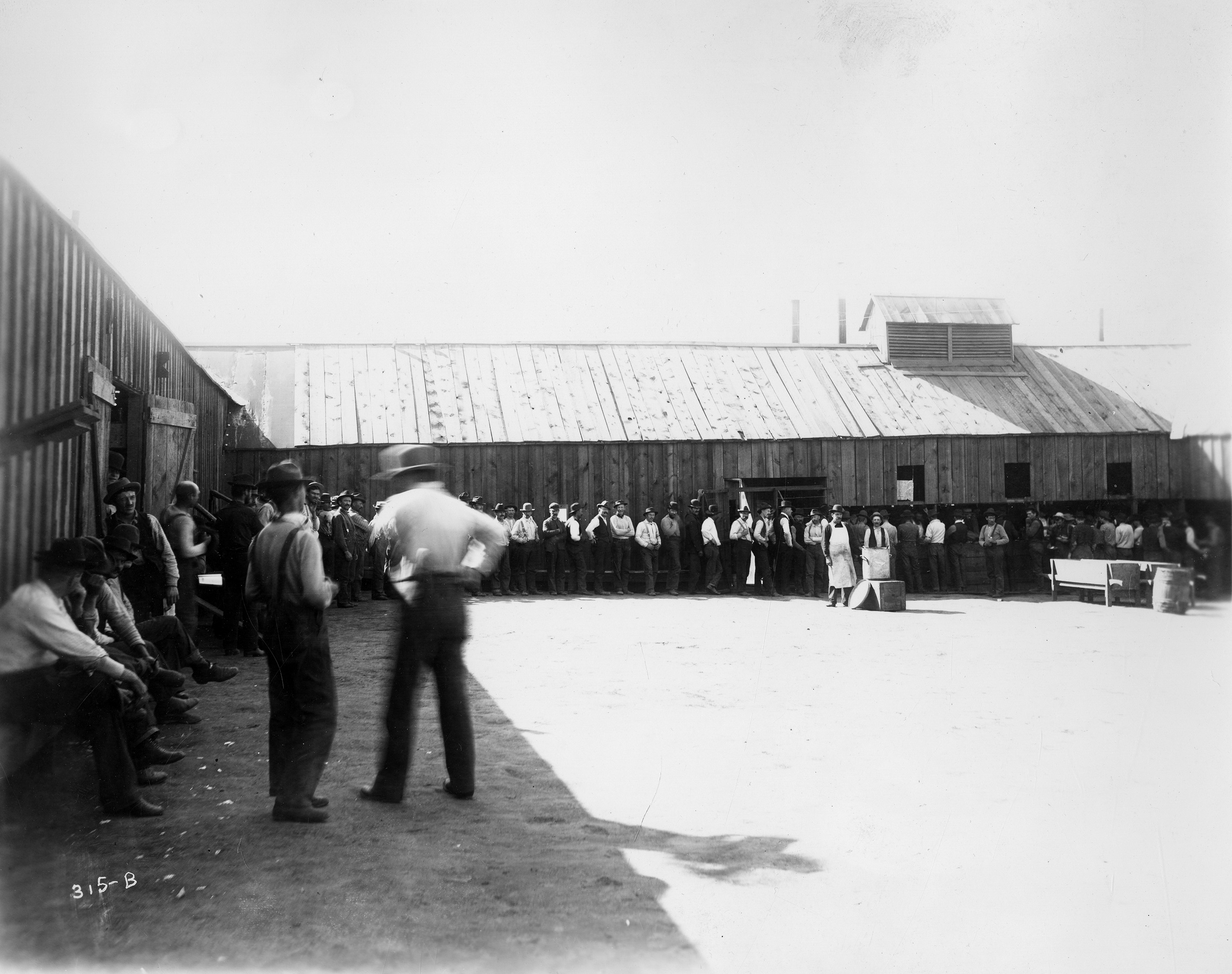Interdisciplinary Nineteenth-Century Studies Conference
From Bullpen to Ballroom: Miners' Union Halls in the Western U.S., 1865-1905
Conference Presentation, March 2022

The buildings and spatial strategies of the organized labor movement in the United States form a
chapter of architectural history that is sparsely recorded. Though hundreds or even thousands of
labor lyceums, federations of labor, union halls, and worker retreats were built across the country
between the late 19th century and the middle of the 20th, most have not yet received the attention
of architectural historians or preservationists. These spaces were—as political theorist Margaret
Kohn has written of similar structures in Europe—part citadel and part church; they established a
space free from obstruction by bosses and served as prototypical “houses of the people” whose
proletarian, democratic ideals were to be extended to the whole of society. Often paid for by workers’
union dues, these spaces supported not only strikes but also socializing, not only picketing but
also parades. The vast distance between mineral deposits meant organizing miners required
decentralized strategies and redundant spaces. In this paper, I present an architectural
history of the miners’ union hall, a building type that proliferated in the Western U.S. first
among localized craft unions and later as outposts for the radical Western Federation of Miners
founded in 1893.
Research supported by a collections engagement grant from the Utah Museum of Fine Arts / J. Willard Marriott Library.
View of the “bullpens” where striking members of the Western Federation of Miners were confined during the 1899 Coeur d’Alene, Idaho strike. University of Colorado Boulder, Rare and Distinctive Collections.
Research supported by a collections engagement grant from the Utah Museum of Fine Arts / J. Willard Marriott Library.
View of the “bullpens” where striking members of the Western Federation of Miners were confined during the 1899 Coeur d’Alene, Idaho strike. University of Colorado Boulder, Rare and Distinctive Collections.